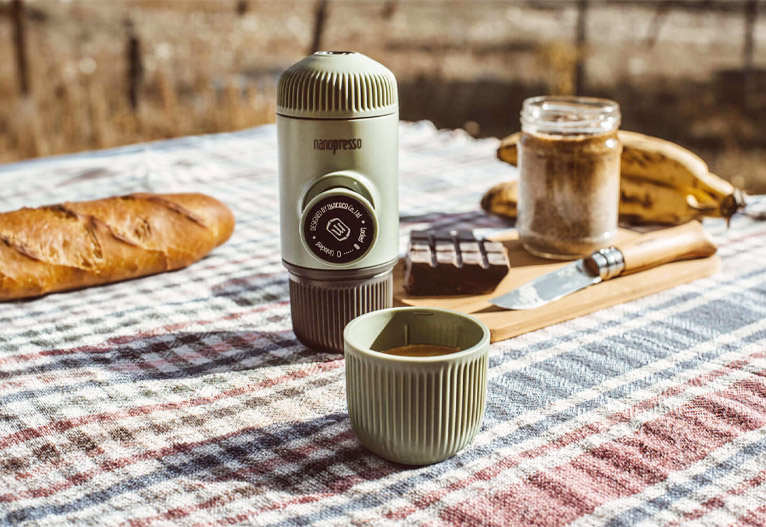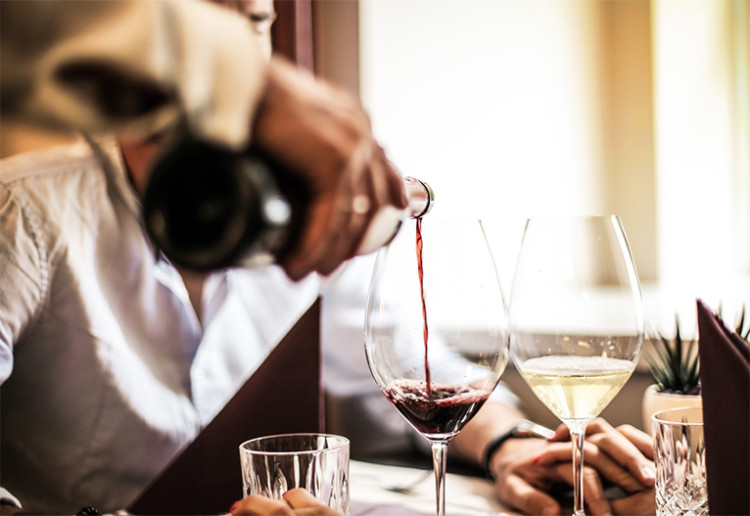Knowing how to choose red wine isn’t always easy, especially with so many options on the shelf. To help you get it right every time, we asked a Melbourne sommelier for his expert advice.

Fabio Magliano is an Italian sommelier and restaurateur with more than 25 years of experience across Europe and Australia. Raised in a wine-producing family near Italy’s Amalfi Coast, Fabio began working alongside his chef uncle at age 14 and later honed his skills at Michelin-starred restaurants including Locanda Locatelli in London. Now based in Melbourne, he is the co-owner of Buono in Parkdale and Sincero in Malvern – two restaurants that reflect his passion for authentic Italian hospitality, reimagined with a touch of adventure. Fabio curates the wine and cocktail menus at both Buono and Sincero, sharing his deep knowledge and passion to help guests discover new favourites with confidence.

“A good red wine is one of life’s great pleasures – especially when it’s paired with delicious food and good company. With so many styles, grape varieties and regions, choosing a red wine can sometimes feel daunting, but after more than two decades working as a sommelier in Italy, London and Australia, I’ve learned that choosing red wine is actually a beautiful journey of discovery.”
Fabio Magliano, Sommelier and Restauranteur
How To Choose Red Wine
Here are my top 10 tips to help you feel more confident when you open a wine list or browse the bottle shop.
1. Don’t be afraid to ask for help
The best thing you can do when faced with a long wine list is to ask your sommelier for guidance. That’s what we’re here for. A good sommelier isn’t trying to upsell you, we’re trying to help you find something you’ll love. The biggest mistake people make is staying in their comfort zone – that’s how you miss out on discovering great wine.
If you’re choosing red wine in a bottle shop, the same principle applies. Staff at independent shops are often just as passionate as sommeliers and more than happy to help you discover some hidden gems.
2. Start with a grape you enjoy
If you know you like Pinot Noir or Shiraz, use that as a starting point. But don’t assume all imported wines are sweet, or that Aussie reds are all full-bodied and bold. There’s more variety than people think. Try to stay open – even within a single grape variety, you’ll find a wide spectrum of styles.

3. Explore beyond the usual suspects
Wine is like travel: you can stick to the major cities or you can explore the smaller towns and lesser-known regions, where you might have your most memorable experiences. Italy alone has more than 550 documented grape varieties. There’s so much to discover if you’re willing to taste something new. Don’t just reach for Cabernet Sauvignon every time. Ask what’s on the sommelier’s ‘hidden gem’ list.
4. Don’t judge a wine by the price tag
Price doesn’t always reflect quality. A $60 wine in a restaurant can be excellent, thoughtfully chosen by the venue to offer great value. Restaurants aim to balance affordable and premium bottles so don’t assume a mid-priced wine is inferior. These are often the smart picks.
It’s the same in a bottle shop, where there are excellent bottles at every price point, from $15 to $150 and everything in between.
5. Understand body: light, medium and full
Before anything else, figure out what level of body you prefer. Do you like something light and fresh, like a Pinot Noir? Medium-bodied and savoury, like a Sangiovese? Or bold and rich, like a Barossa Shiraz? Understanding this is key to navigating a wine list. Full-bodied wines like Amarone from Italy can be extraordinary, but they are not for everyone.
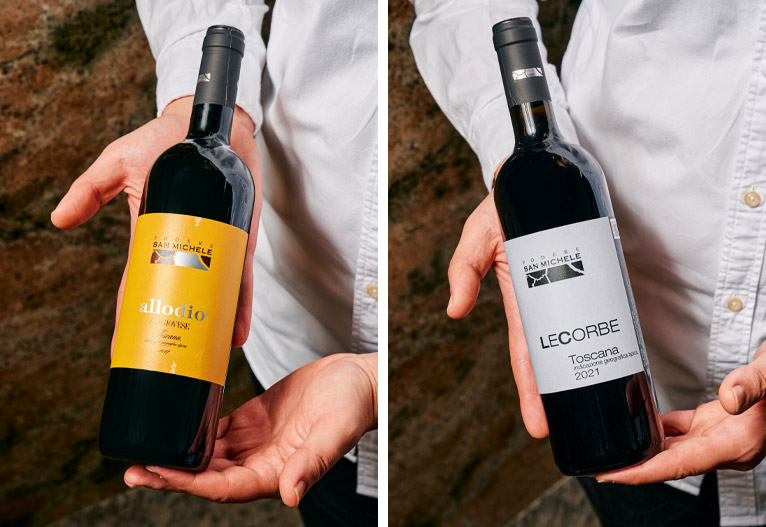
6. If you’re new to red wine, start soft
For beginners, I recommend starting with something smooth and approachable. A Sangiovese from Tuscany or a Nero d’Avola from Sicily is a great entry point. These wines offer good flavour without being too heavy.
7. Know when to decant
Older reds (and some younger, structured wines) benefit from decanting. Exposure to air helps the wine open up and release its full aroma and flavour. If you’re drinking a wine from 2016 or earlier, give it time to breathe. Otherwise, you might miss what makes it special.
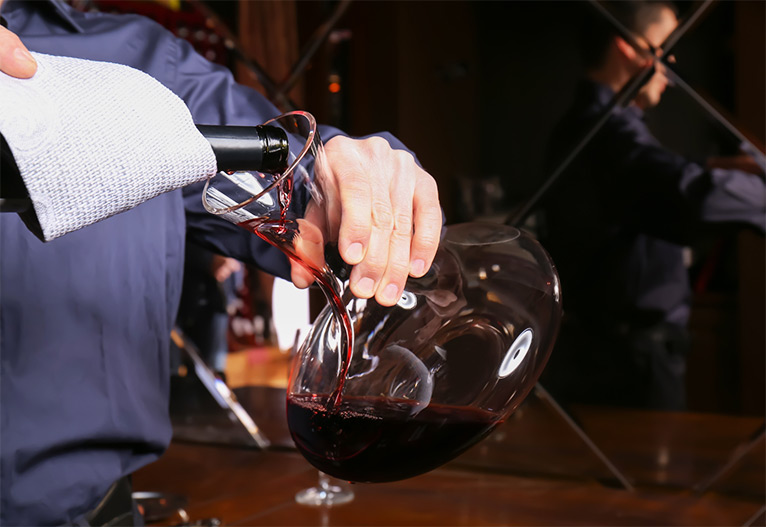
8. Don’t fear the sediment
Sediment in a bottle is natural, especially in aged or unfiltered wines. It’s not a fault, but rather a sign the wine has matured. Use a candle or light when pouring to stop before the sediment reaches your glass, or decant carefully.
9. Match the wine to the food, but don’t get stuck on rules
Pairing food and wine doesn’t have to follow strict rules. In the end, it’s about what makes you happy. But if you’re open to it, matching the right red with the right dish can be a beautiful surprise. These are some combinations I often recommend to guests:
- Pasta with tomato-based sauce: Try a Chianti or other Sangiovese from Tuscany, Valpolicella from Veneto, or Rioja from Spain. For something more adventurous, look for Chinon AOC from the Loire Valley – it’s 100% Cabernet Franc, with hints of violet and graphite.
- Steak: Go for something bold and structured, like Brunello di Montalcino from Tuscany or Shiraz from Barossa, McLaren Vale or Coonawarra. If you’re willing to spend a little more, try a Côtes du Rhône or Châteauneuf-du-Pape from France.
- Braised meat: Barolo or Barbaresco, both from Piedmont, are full of depth and elegance. Cannonau from Sardinia has a beautiful structure, while Aglianico from Campania is more complex with darker notes of leather, cocoa and black pepper.
- Spicy Asian dishes: Choose a light red with low tannins and good acidity, such as Pinot Noir or Merlot. You want the wine to complement the spices, not overpower them.
- Fish or seafood: Yes, you can drink red wine with seafood – just keep it light, like Schiava from Trentino-Alto Adige in northern Italy or Pinot Noir from Tasmania or Chile. For something different, try Rossese, a light red from Liguria in Italy.
My pick for an all-rounder? Try Negroamaro from Puglia in southern Italy. Medium to full-bodied with notes of dark cherry, black plum and dried herbs, it works beautifully with grilled meats, game ragù or pizza topped with mushrooms, olives or spicy salami.
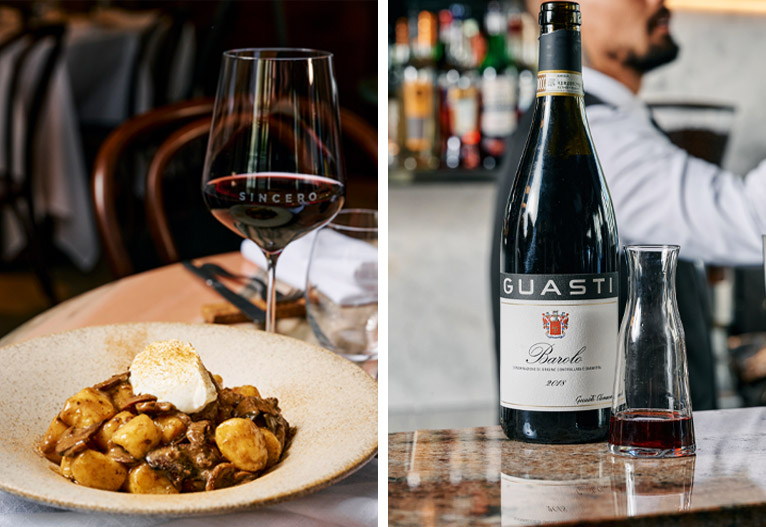
10. Stay curious
The best advice I can give is to stay curious. At my restaurants, I love introducing customers to lesser-known wines like Dornfelder from Germany or Xinomavro from Greece. When someone comes back asking for a wine they tried for the first time – something they didn’t even know existed – that’s what makes me happiest. That moment of discovery is what wine is all about.
Top image: Canva
What’s your go-to red wine and can you remember how you first discovered it? Let us know in the comments below!






